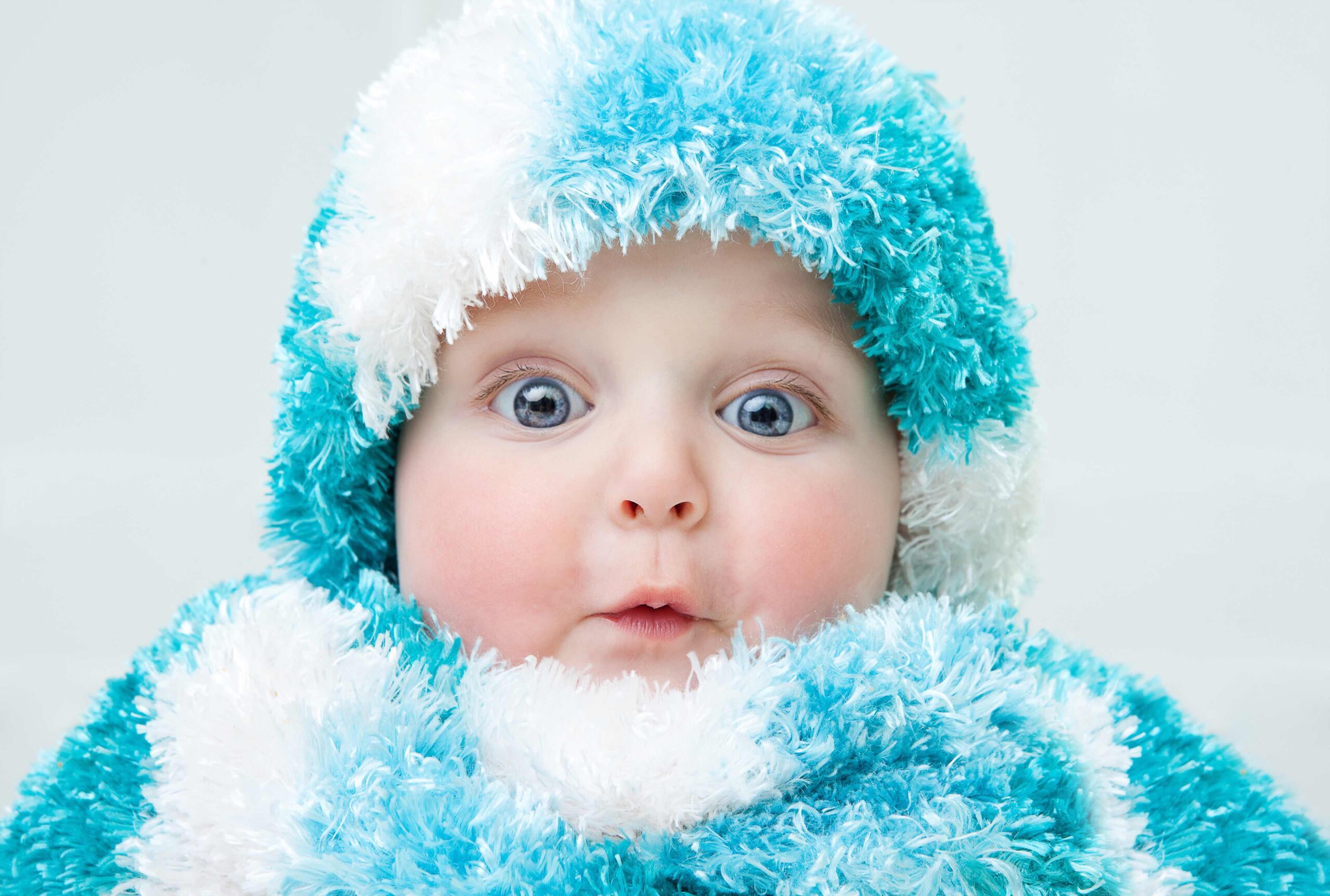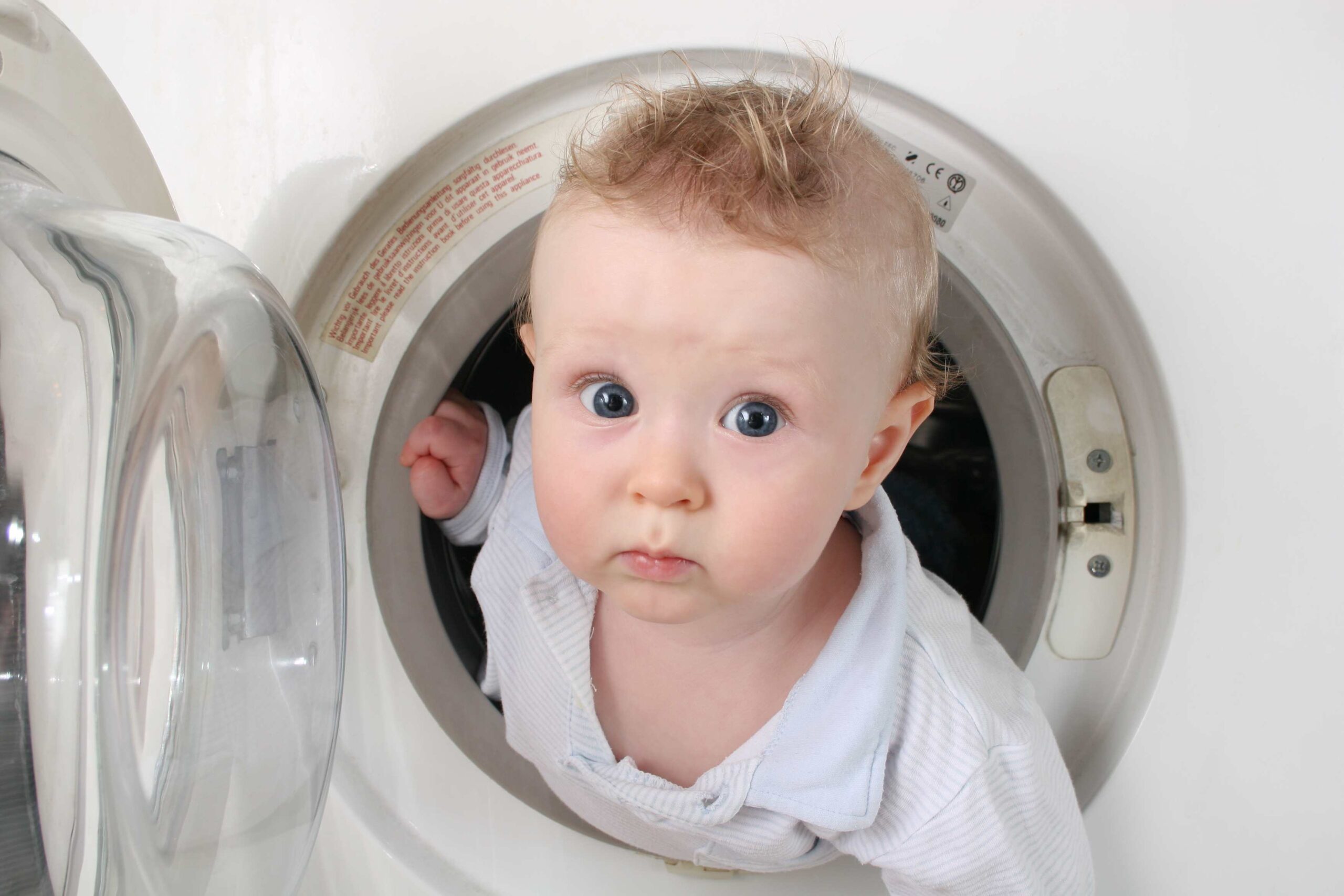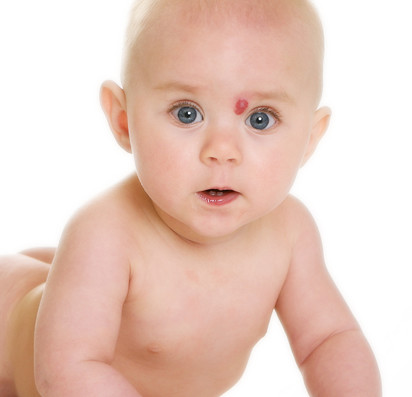Babies can be colorful – literally.
A young mother noticed that after she nursed her six-week-old baby boy the skin around the baby’s lips was always blue. He didn’t seem in distress, and would lay peacefully afterward in her arms, content and relaxed in a “milk coma.” The mom finally mentioned the color change around the baby’s mouth to her husband when he came home from work. He was alarmed that it was a sign that the baby was not getting enough oxygen, so they rushed into the emergency room in a panic. I examined the baby and he was completely normal. I watched as the infant nursed, and the mother was correct; the skin around the lips did have a bluish hue afterward. However, he was not cyanotic. When babies nurse, the veins in their lips become engorged, producing a weird blue-white shade.
Babies have thin, minimally pigmented skin and an immature circulatory system. So you may see several weird color changes. Another common circulatory oddity is that a baby’s hands or feet turn blue. Sometimes they need the heat from those outer regions of their body to warm up their head and core, so their body closes off the vessels in the hands and feet to bring that warm blood to the center of their body. But sometimes their hands and feet turn blue just out of lack of coordination of the vessels.
The most bizarre example of this lack of coordination is a “harlequin color change.” Occasionally and for no apparent reason, one side of a baby’s torso may simply turn blushing red and the other pale white. This harmless phenomenon seems to be caused by uncoordinated nervous system circuitry that controls blood vessel constriction and dilation. One side of the baby’s body may randomly decide to dilate its blood vessels, creating a blush; and the other side may constrict the vessels, producing paleness.
While some weird circulatory phenomena are apparent, other baby oddities can’t be directly observed. For example all babies develop anemia (low red blood cell count) around three months of age. Babies use a fetal form of hemoglobin—the blood’s oxygen-carrying molecule – because it grabs oxygen more tightly than does the adult form. In the womb, the fetus needs this “super hemoglobin” to pull oxygen from the mother’s blood. But, the baby loses this form of hemoglobin over the first few months, replacing it with the adult form. And the time between when the fetal hemoglobin has stopped being produced, and when the adult form starts being made in larger quantities will mean the baby has fewer red blood cells.
Babies hands and feet also turn blue when they get a fever. Read more
References
Harlequin colour change: unilateral erythema in a newborn
Chamley, et al, Developmental Anatomy and Physiology of Children, p 163








